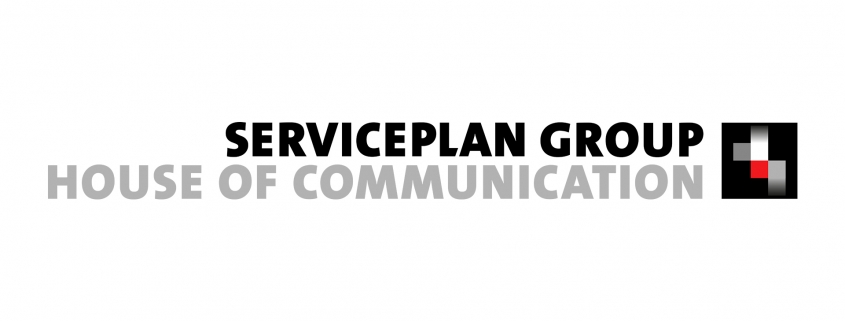- My trend 2019: Microsoftization - 17. December 2018
- Offline is the new cool - 20. December 2017
- Hooray, there’s life in us yet – three things we can learn from Air Berlin’s crisis PR - 5. July 2017
- Pepsi: 5 reasons why the soft drinks giant ended up in hot water - 11. April 2017
- The Hillary Effect: Five things we can learn from the US election debacle - 11. November 2016
- Starbucks: The calculated shitstorm is the epitome of marketing - 24. November 2015
Companies often feel the need to claim that their products will make everyone happy, young, slim or sexy. That’s why I actually quite like it when they decide to promote values such as non-violence, diversity and freedom instead. In an era in which rabble-rousers abound and entire nations are being barred entry to other countries, taking a stance is to be commended. However, the soft drinks giant Pepsi recently demonstrated what can go wrong when you try to take a stance. All hell broke loose, and the company ended up sheepishly pulling an ad they had run. This comes as no surprise, as Pepsi made 5 mistakes with their ad.
First, the company made a can of Pepsi the hero of the hour, and in doing so gave the product priority over the stance they were taking. In the ad, Kendall Jenner takes a can of Pepsi and gives it to a stern-faced police officer who is watching over a group of protesters. The officer opens it and takes a sip, and everyone cheers – a happy ending to the ad, surely? However, whilst it’s only natural for an advertiser to want to showcase their product, in this case it would have been better if Pepsi had not shown a soft drink at all.
Second, the staging and imagery in the ad are totally wrong for the topic the company is addressing. Pepsi reinterpreted protests against racist police violence – which have previously turned into violent confrontations – as a gathering of young, happy, good-looking people. This must have provoked American activists, so it’s small wonder that they subsequently vented their anger on social media.
Third, it’s questionable whether it was a good idea to make Kendall Jenner, a white model, the protagonist of the ad. Whilst it’s true that Jenner, the half-sister of Kim Kardashian, is sure to have the attention of the tabloid press, she also advertises Chanel, Estée Lauder and the fashion brand Marc Jacobs. There’s no record of the 21-year-old model campaigning for non-violence or diversity in the past. As such, you could also argue that Kendall doesn’t stand for anything – and by extension, neither does Pepsi.
Fourth, values are the expression of a stance or an attitude, not a temporary part of an advertising campaign. If a company wants us to believe that it stands for certain values, it also has to put them into practice. For example, the CEO should make their voice heard when promoting those values.
Fifth, it doesn’t take a genius to expect an ad like this to, at the very least, kick off controversial discussions on social media. However, it seems that Pepsi didn’t expect this. It’s clear that they didn’t have a plan B to deal with the communications disaster. If they had, the company wouldn’t have responded with an embarrassing apology for the ad. Instead, they would have a recognised civil rights campaigner publicly express support for what the company was aiming to achieve, in order to take some of the wind out of their critics’ sails.
This page is available in DE


